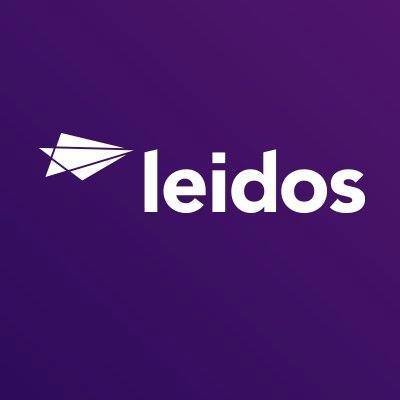
Leidos Product Designer Case Interview — Mission-Critical UX for FAA/C2 Platforms
This case mirrors how Leidos assesses product designers who build complex, safety- and mission-critical systems for federal customers (FAA, DoD/IC, and Federal Health). Expect a panel with a UX lead, a systems engineer, and a program/program capture manager. The session emphasizes human-centered design under real-world constraints: security, compliance (Section 508/WCAG 2.2 AA), traceability to requirements, and collaboration within SAFe/Agile teams. Format and timing (70–75 minutes): - 5 min: Brief + context from panel (mission, users, constraints). - 20–25 min: Problem framing and discovery (you drive questions; panel acts as SMEs due to typical access limits to end users). - 20–25 min: Design exploration (whiteboard/wireframe in Figma/Miro; Axure acceptable), IA and critical workflows. - 10–15 min: Validation plan, metrics, compliance, and handoff strategy (Jira/Confluence; traceability back to requirements/ConOps). - 5–10 min: Q&A and trade‑off discussion. Case prompt used by Leidos-style panels: “You’re designing an Airspace Flow Management decision-support dashboard used by FAA Traffic Flow Management specialists and Supervisory Traffic Management Coordinators during convective weather. The tool must: (1) surface sector capacities and constraints from multiple data feeds, (2) recommend Time-Based Flow Management initiatives, (3) support auditability for safety reviews, and (4) remain usable during degraded data/link conditions. It will run in a gov-cloud/isolated environment and must meet Section 508 AA.” What to produce live: - Problem framing: articulate mission outcomes (e.g., reduce delay minutes, maintain safety margins) and primary users/roles; list explicit assumptions and unknowns. - Requirements mapping: translate mission goals into testable UX objectives; show how each design decision traces to a requirement or SME insight. - Flows + IA: prioritize 2–3 critical tasks (e.g., assess impacted sectors, compare initiative alternatives, publish TFM directives) and sketch flows. - Low‑fidelity wireframes: overview dashboard, initiative comparison view, and publish/coordination workflow with states (normal/degraded/failure). - Data visualization choices: readable under high cognitive load; encode uncertainty and confidence; accessible color palettes; keyboard nav/ARIA. - Section 508 plan: specific annotations for focus order, color contrast targets, alt text strategy, and error messaging. - Validation/metrics: propose usability and mission metrics (task time, error rates, NASA‑TLX for cognitive load, post‑deployment adoption, false alert rate); outline a research plan that leverages SMEs when end‑users are unavailable; plan for rapid formative testing within SAFe increments. - Handoff: example Jira stories with acceptance criteria, design tokens, and a traceability matrix tying UI elements to requirements/ConOps. What interviewers evaluate (Leidos-specific): - Mission alignment and systems thinking: ability to reason about safety, resiliency, and degraded operations across a system-of-systems. - Compliance and practicality: concrete 508 tactics; awareness of security/hosting constraints (air‑gapped/low‑bandwidth) and export-controlled environments. - Collaboration within engineering-driven programs: partnering with systems engineers, test, and DevSecOps; comfort with documentation, demos in PI planning, and change control. - Evidence-based decision making: clear trade‑offs, quantified hypotheses, and a plan to validate under access and schedule constraints. - Communication and professionalism: concise storytelling, structured thinking, and stakeholder-ready artifacts. Notes on style and culture: - Expect probing questions about designing with SMEs instead of direct user access, supporting audits, and documenting rationale for reviews. - Being explicit about assumptions, risks, and mitigation (e.g., fallback UI when feeds drop) is viewed favorably. - Designers who show how their artifacts plug into traceability and verification (e.g., DOORS/Jama references, Jira AC) score higher.
75 minutes
Practice with our AI-powered interview system to improve your skills.
About This Interview
Interview Type
PRODUCT SENSE
Difficulty Level
4/5
Interview Tips
• Research the company thoroughly
• Practice common questions
• Prepare your STAR method responses
• Dress appropriately for the role